 Wabbaseka United Methodist Church
Wabbaseka United Methodist Church
Entry Type: Place
 Wabbaseka United Methodist Church
Wabbaseka United Methodist Church
 Wabbaseka United Methodist Church
Wabbaseka United Methodist Church
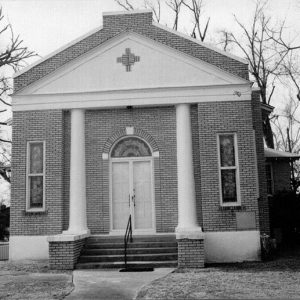 Wabbaseka United Methodist Church
Wabbaseka United Methodist Church
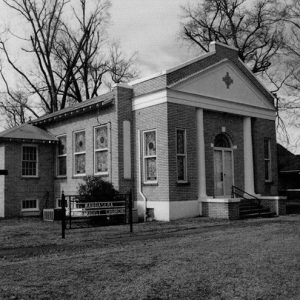 Wabbaseka United Methodist Church
Wabbaseka United Methodist Church
 Wakarusa Music Festival
Wakarusa Music Festival
 Wal-Mart Visitors Center
Wal-Mart Visitors Center
Waldenburg (Poinsett County)
Waldo (Columbia County)
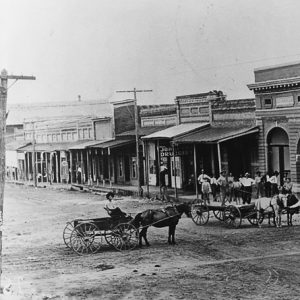 Waldo (Columbia County)
Waldo (Columbia County)
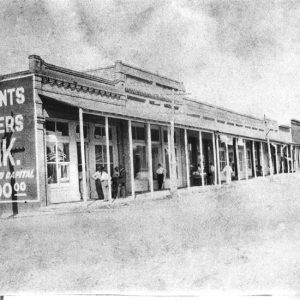 Waldo Street Scene
Waldo Street Scene
Waldron (Scott County)
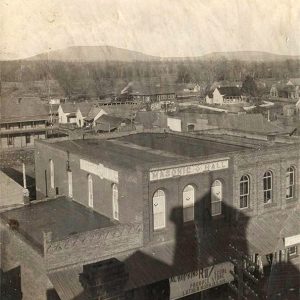 Waldron Aerial View
Waldron Aerial View
Waldron Commercial Historic District
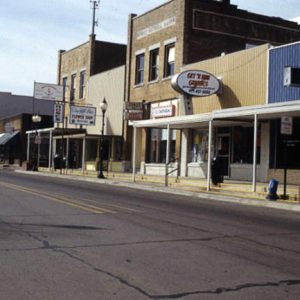 Waldron Commercial Historic District
Waldron Commercial Historic District
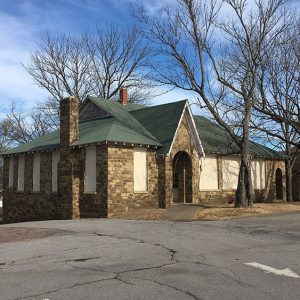 Waldron Home Ec Building
Waldron Home Ec Building
Waldron School Historic District
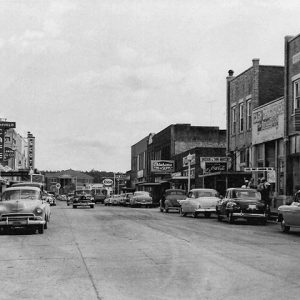 Waldron Street Scene
Waldron Street Scene
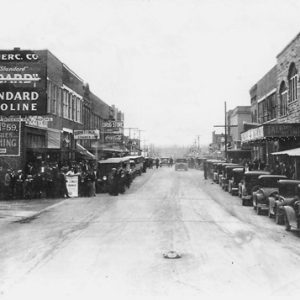 Waldron Street Scene
Waldron Street Scene
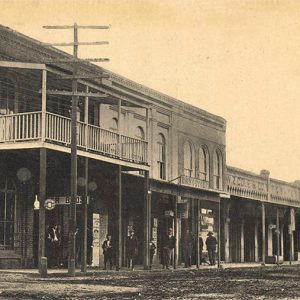 Waldron Street Scene
Waldron Street Scene
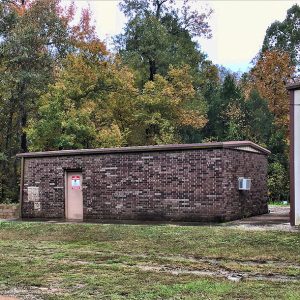 Waldron Telephone Co.
Waldron Telephone Co.
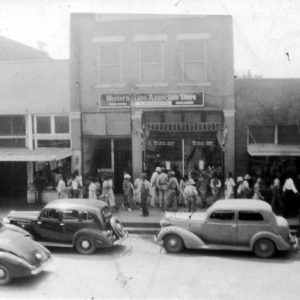 Waldron Western Auto Store
Waldron Western Auto Store
 James Waldron
James Waldron
 Walker Atrium
Walker Atrium
 Walker Center
Walker Center
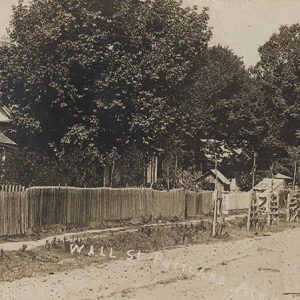 Wall Street
Wall Street
 Jeff Wallace
Jeff Wallace
Wallaceburg (Hempstead County)
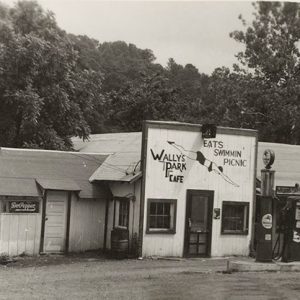 Wally's Cafe
Wally's Cafe
Walnut Grove (Independence County)
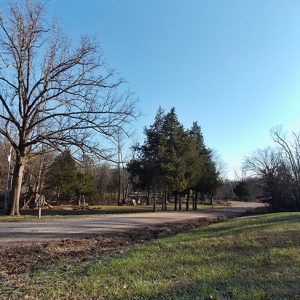 Walden Road
Walden Road
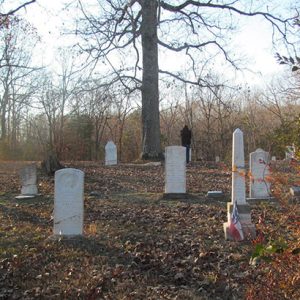 Walnut Grove Cemetery
Walnut Grove Cemetery
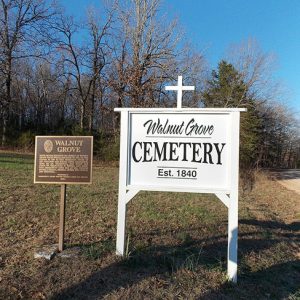 Walnut Grove Cemetery
Walnut Grove Cemetery
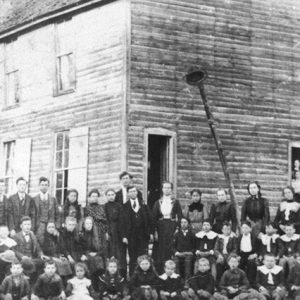 Walnut Grove School
Walnut Grove School
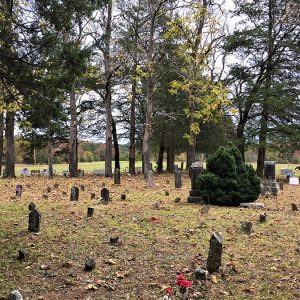 Walnut Grove Cemetery
Walnut Grove Cemetery
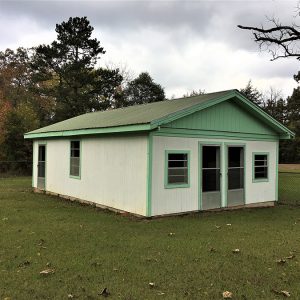 Walnut Grove Chapel
Walnut Grove Chapel
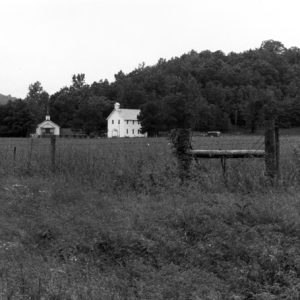 Walnut Grove Church
Walnut Grove Church
Walnut Ridge (Lawrence County)
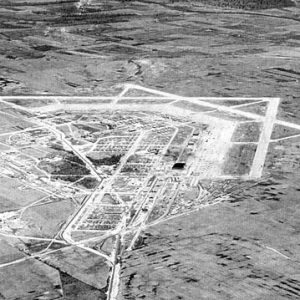 Walnut Ridge Army Air Field
Walnut Ridge Army Air Field
Walnut Ridge Army Flying School
 Walnut Ridge Businesses
Walnut Ridge Businesses
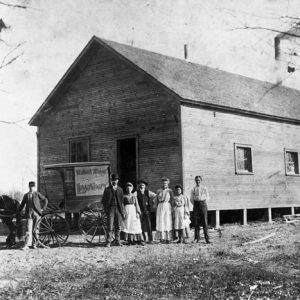 Walnut Ridge Laundry
Walnut Ridge Laundry
 Walnut Ridge Street Scene
Walnut Ridge Street Scene
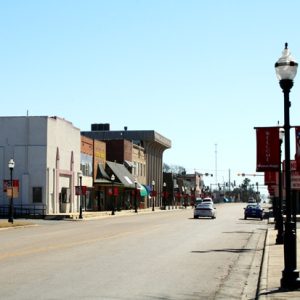 Walnut Ridge Street Scene
Walnut Ridge Street Scene
 Walnut Ridge Street Scene
Walnut Ridge Street Scene
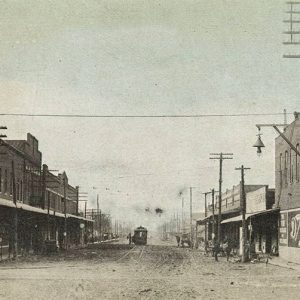 Walnut Ridge Street Scene
Walnut Ridge Street Scene
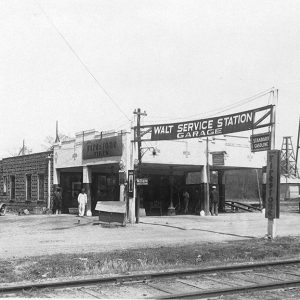 Walt Garage
Walt Garage
 Walton Arts Center
Walton Arts Center
 Walton Arts Center
Walton Arts Center
 Walton Arts Center
Walton Arts Center




